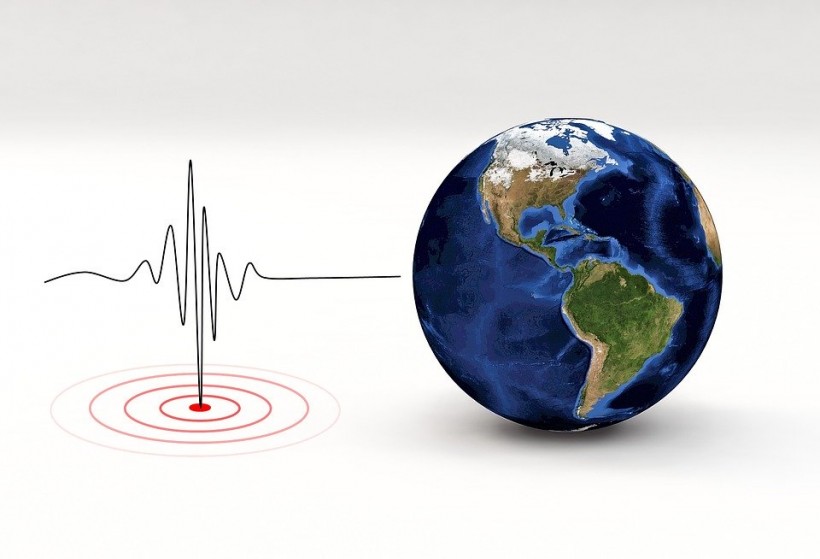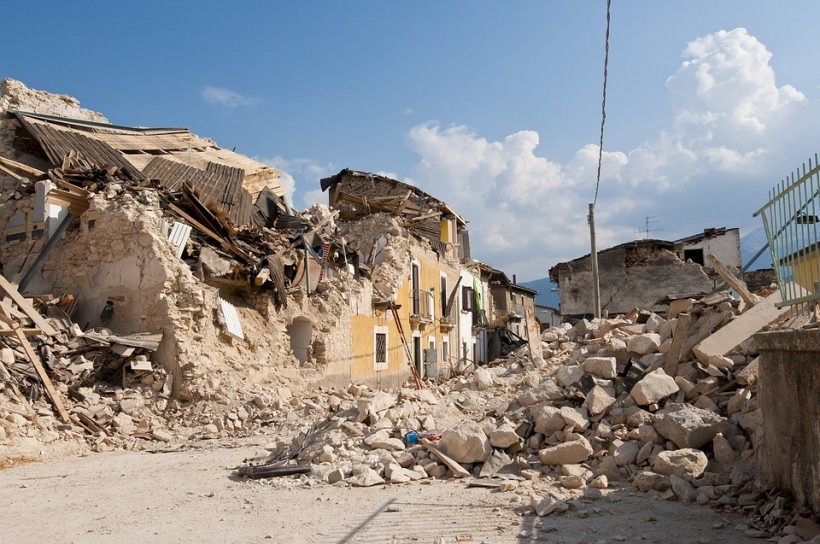The earth around the Salton Sea in Southern California has sprung to life. The US Geological Survey estimates that a swarm of at least three dozen earthquakes of up to 3.2 magnitudes had struck the Salton Sea in Southern California in the last 24 hours.
The majority of the quakes in the swarm were around 2.5 magnitudes. The most recent occurred at 5:50 a.m. on Monday, Pacific time. According to the USGS, the 3.2-magnitude quake struck about 11:20 a.m. Sunday.

Related Article: Over 600 Earthquakes Were Detected in California Over the Weekend!
Previous Swarm

According to McClatchy News, the quakes follow another swarm that occurred last weekend and featured earthquakes with magnitudes ranging from 4.6 to 5.3.
Seismologist Lucy Jones said on Twitter that the fresh spike of activity began on Friday.
Jones stated, "They continue till they cease, as I said last week." "Tonight's swarm has moved closer to the San Andreas, but it is still outside of 'triggering range.'"
Related Article: Scientists Are Solving the Mystery Behind Earthquake That Lasted for 32 Years!
Magnitude
According to the US Geological Survey, the magnitude of an earthquake refers to the amount of energy released at the epicenter. It has taken the place of the traditional Richter scale.
According to Michigan Tech, earthquakes with a magnitude of 2.5 to 5.4 are frequently felt but seldom cause significant damage.
The Salton Sea, located near the Arizona border in southern California, is one of the world's biggest inland seas and one of the world's lowest points at 277 feet below sea level.
In seismic zones, where a network of tiny faults connects to the bigger Imperial Fault and the massive San Andreas Fault, swarms are widespread.
Earthquake Swarms

In seismology, an earthquake swarm is a series of seismic events that occur in a limited region over a short period of time. The amount of time used to describe the swarm varies, although it can range from days to months to even years.
When a big earthquake (mainshock) is followed by a succession of aftershocks, such an energy release is different: in earthquake swarms, no single earthquake in the chain is clearly the mainshock. A cluster of aftershocks following a mainshock, for example, is not a swarm.
Related Article: How Diamonds Are Helping Geologists Understand Superdeep Earthquakes
Swarms vs Aftershocks
A series of earthquakes that occur following a bigger mainshock on a fault is known as aftershocks. Aftershocks occur in the fault zone where the mainshock ruptured and are part of the fault's "readjustment process" following the main slide. With time, aftershocks become less frequent. However, they might last for days, weeks, months, or even years in the case of a huge mainshock.
On the other hand, a swarm is characterized by a series of largely minor earthquakes with no discernible mainshock. Swarms are typically short-lived, although they can last for days, weeks, or even months at a time. They frequently reoccur in the same places. The majority of swarms are linked to geothermal activity.
Also Read: What Exactly Causes Mysterious Deep Earthquakes?
For similar news, don't forget to follow Nature World News!
© 2024 NatureWorldNews.com All rights reserved. Do not reproduce without permission.





